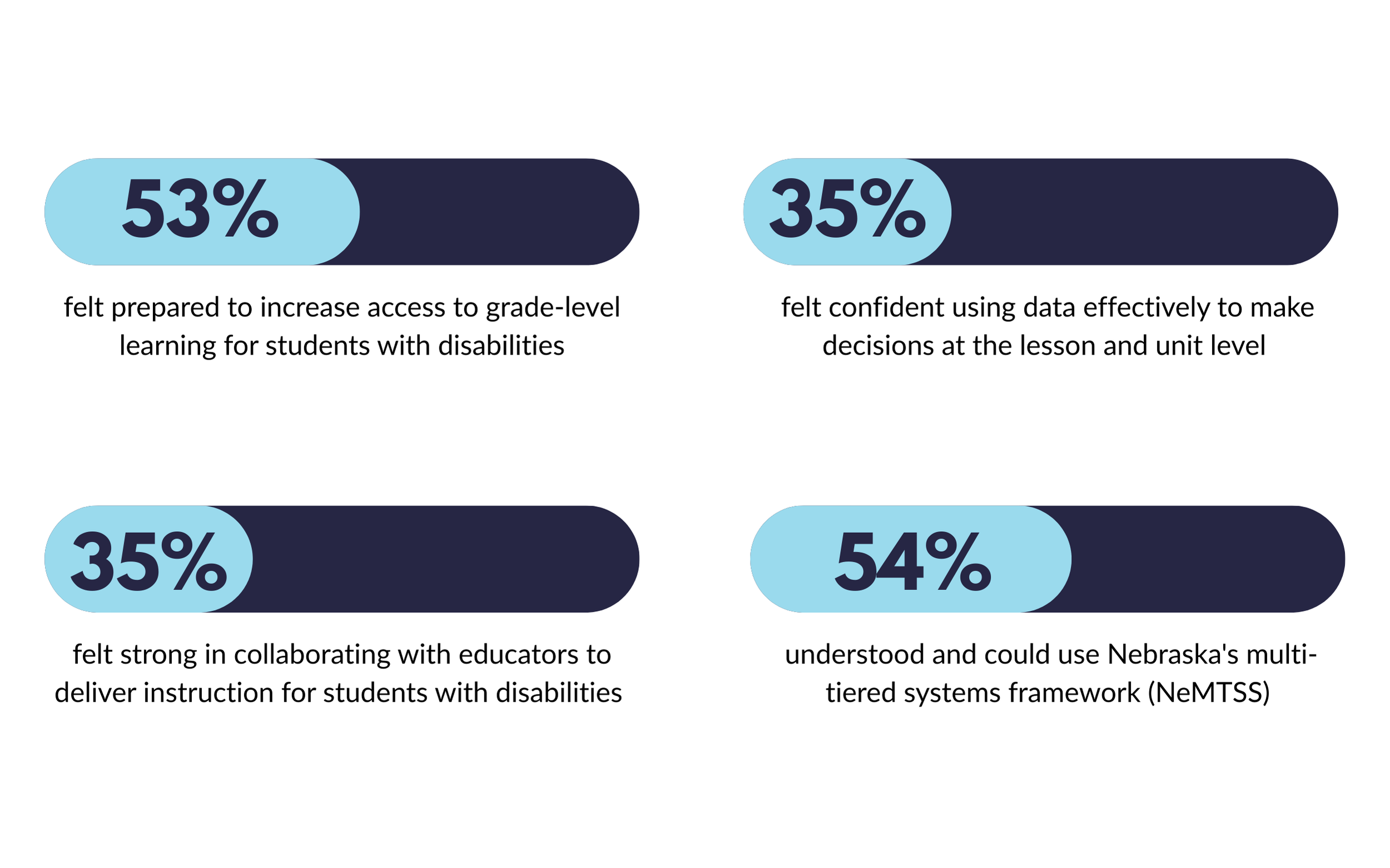The Art of Responsive Design: How Listening Transformed a School’s Approach
Last week, we explored how our partnership with Ralston Public Schools began with mixed results but evolved into meaningful collaboration. This week, we'll dive into the pivotal moment when district leadership took those early learnings and transformed them into a unifying vision—one that would align every community member around their shared commitment to supporting every student's success.
.webp)

The feedback was direct, and it stung a little.
After Ralston Public Schools (RPS) completed their initial district-wide sessions alongside our team, one educator’s response captured what many were feeling:
Would love to see workshop style sessions where we could take existing lessons/projects, etc and apply more universal design strategies... having the expert and colleagues there to brainstorm instead of theoretical presentations with the expectation of doing it later on our own limited time. It would be meaningful and help us really make progress on the initiatives instead of just learning “about” them.
In other words: Less presenting, more collaborating.
Most consulting relationships might have felt strained there, but together with Dr. Harley, we decided to get curious.
The Leadership Session That Changed Everything
That curiosity led us to leaders. As we prepared for an upcoming leader session, we adjusted our approach to challenge principals and administrators to grapple with a different question: not just what inclusion looks like in classrooms, but how to create building-wide conditions that would make it possible.
Fast forward to during session delivery when we met Mr. Knight, Blumfield Elementary Principal.
I realized that for this to be successful, my staff must have a role in designing the experience,
Mr. Knight reflected later.
This breakthrough wasn't just administrative buy-in talking, this was systems thinking at its finest. Mr. Knight understood that sustainable change doesn't happen to people; it happens with them.
From Assumptions to Understanding
Mr. Knight and Dr. Harlet knew that moving forward with another round of professional development wasn’t going to get them where they needed to be. We recommended starting by understanding exactly where their staff was, what they needed, and how they learned best. This approach resonated, leading them to hire us to create the change with them rather than for them.
To begin, we designed and implemented a comprehensive inventory that assessed staff beliefs and confidence levels across key areas, such as:
- Feeling prepared to increase access to grade-level learning for students with disabilities
- Using data effectively to make decisions at the lesson and unit level
- Collaborating with educators to deliver instruction for students with disabilities
- Understanding and using Nebraska's multi-tiered systems framework (NeMTSS)
When Data Becomes Direction
The results revealed that only about one-third to one-half of Blumfield's staff felt confident in these critical areas:

In less skilled hands, these results might have been seen as problems to fix or deficits to address. But Mr. Knight demonstrated why he's an exceptional leader: he saw these results as starting points.
The Art of Curated Support
Using this data, we designed what we call "curated professional learning." Not generic workshops or one-size-fits-all sessions, but targeted support that directly addressed the specific needs and confidence gaps his staff had identified.
The series included five sessions, each one building on the previous learning while addressing the real challenges educators were facing in their daily practice.
Mr. Knight didn't just endorse the professional learning, he prioritized it. In an already packed schedule, he made space for what mattered most.
Next week, we'll share the remarkable results of this collaborative approach, including some changes that surprised even us.
But today, we want to leave you with the question that started this transformation: What would happen if you asked your staff not just what they're struggling with, but what kind of support would help them succeed?
Ready to partner with us? Learn more about our approach and impact.
.svg)
.svg)
